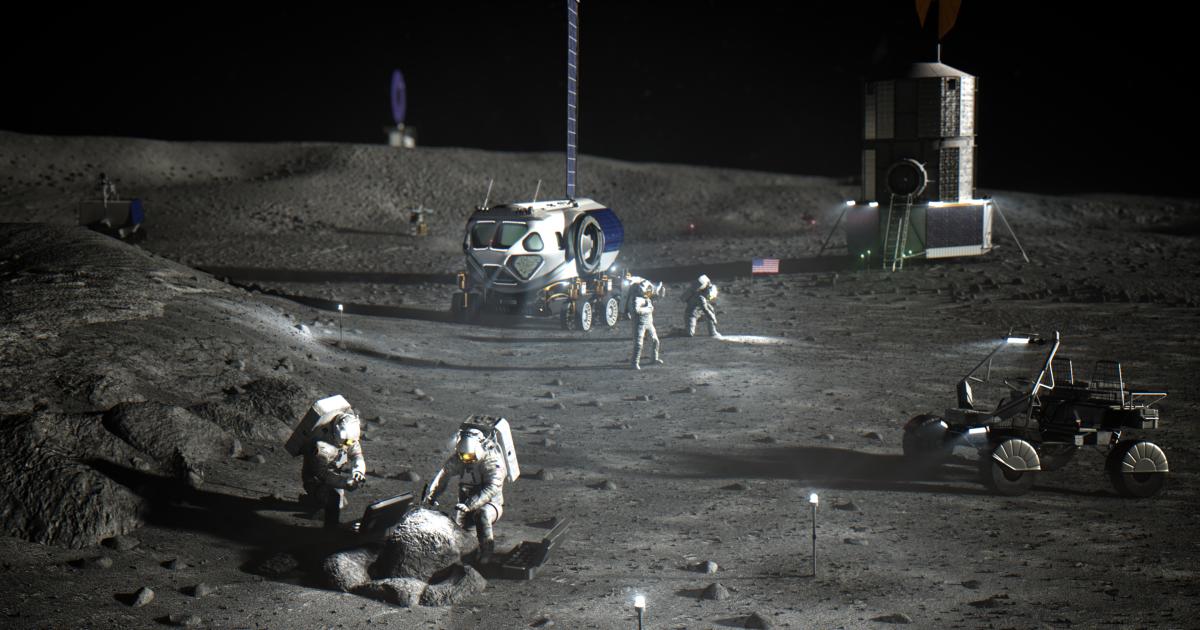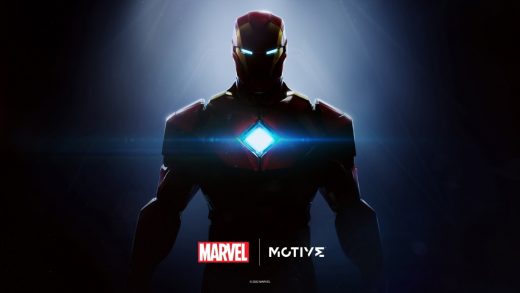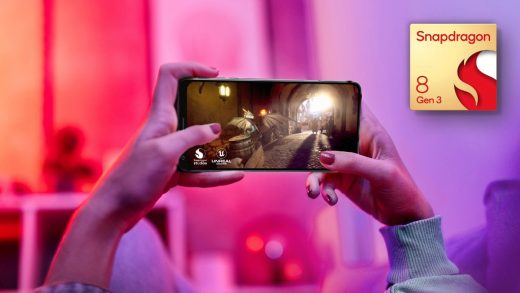
Space agencies and private companies around the world have been scheduling their own lunar missions over the next few years, and that could be quite complicated to coordinate when they all use different time zones. During a meeting at the European Space Agency’s ESTEC technology center in the Netherlands last year, space organizations discussed the “importance and urgency of defining a common lunar reference time.”
In a new announcement, ESA navigation system engineer Pietro Giordano said a “joint international effort is now being launched towards achieving this.” There are a few challenges: They will have to decide whether to keep lunar time synchronized with Earth’s or not because clocks on the Moon run faster based on the satellite’s position. Each day on the Moon is, in Earth terms, 29.5 days long.
– Mat Smith
The Morning After isn’t just a newsletter – it’s also a daily podcast. Get our daily audio briefings, Monday through Friday, by subscribing right here.
The biggest stories you might have missed
It’s out now in closed beta.
Jack Dorsey’s new Twitter alternative, Bluesky, is available in closed beta on the App Store. The invite-only app joins the list of Twitter substitutes, including Mastodon, as Twitter clings on through staff attrition and precarious stability. Bluesky began in 2019 as a Twitter-funded side project. Dorsey, who co-founded Twitter and was still CEO when the initiative started, saw it as a more open alternative to an increasingly centralized Twitter. Then, Bluesky spun off as its own company in 2021.
You’ll have to enter your email address to join the waitlist. The Bluesky app reportedly borrows heavily from Twitter. However, it includes minor differences like “What’s up?” in place of “What’s happening?” along with a simplified process of creating a post (which can also include photos) by selecting a plus button. So… yeah. It’s all pretty Twitter-esque.
Bigger, brighter and even more better looking.

Engadget
One major company was missing from this year’s CES barrage of TVs: Sony. Now it’s finally ready to show off its latest flagship sets. Its 2023 line of Bravia XR TVs are all powered by the company’s Cognitive Processor XR, so they all include support for stuff like Sony’s XR Clear Image tech, which allows for adaptive noise reduction, auto HDR tone mapping and more. Sony is also trying to take as much of the guesswork out of setup as possible by making its TVs in the standard video or cinematic modes look great right out of the box. Read on for the full round-up of both the LED and OLED families.
The company reportedly shared its AR/VR roadmap with employees.
Meta has shared its latest augmented and virtual reality hardware roadmap with employees, and according to The Verge, it’s planning to launch its first full-fledged AR glasses in 2027. While the company intends to release other AR glasses before then, the device it’s launching in four years is the same one Mark Zuckerberg believes could become Meta’s “iPhone moment.” The glasses, which will reportedly project avatars as high-quality holograms superimposed on the real world, are expected to be quite expensive.
The company’s policies lean heavily on the side of homeowners.
Airbnb is banning users who may be associated with people the company deems a safety risk. Although the short-term rental company faces an impossible balancing act of making owners feel secure without discriminating unfairly against renters, its appeals process – a critical step in catching overreaches – appears to err on the side of perceived homeowner security.
All products recommended by Engadget are selected by our editorial team, independent of our parent company. Some of our stories include affiliate links. If you buy something through one of these links, we may earn an affiliate commission. All prices are correct at the time of publishing.


